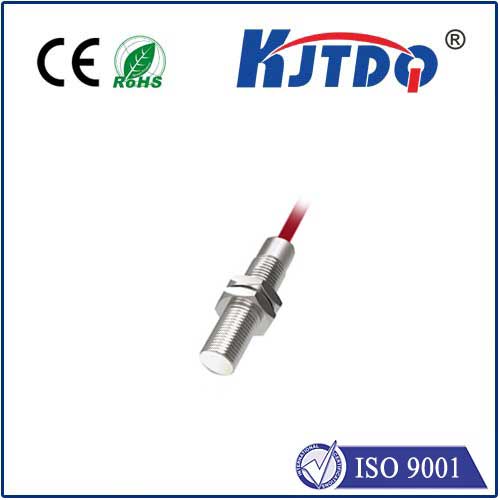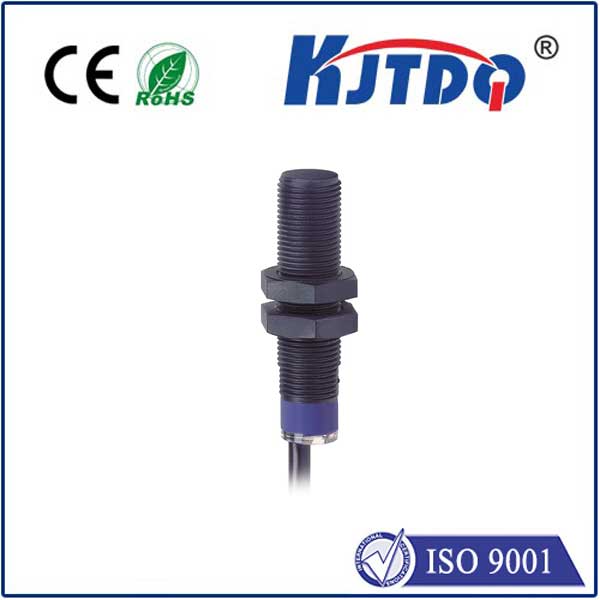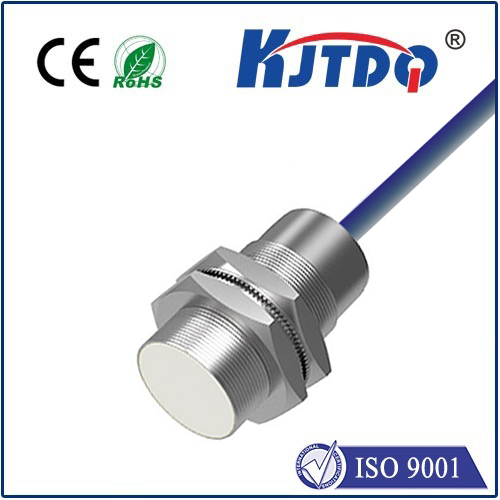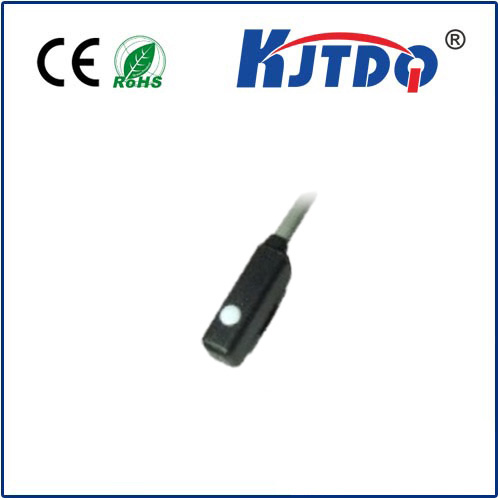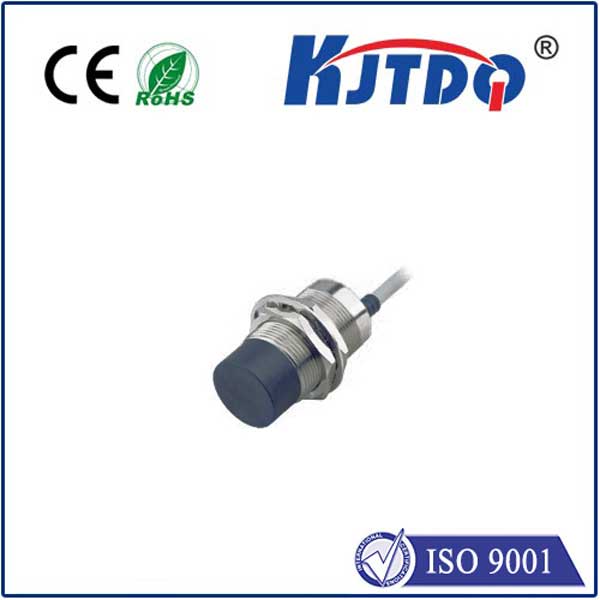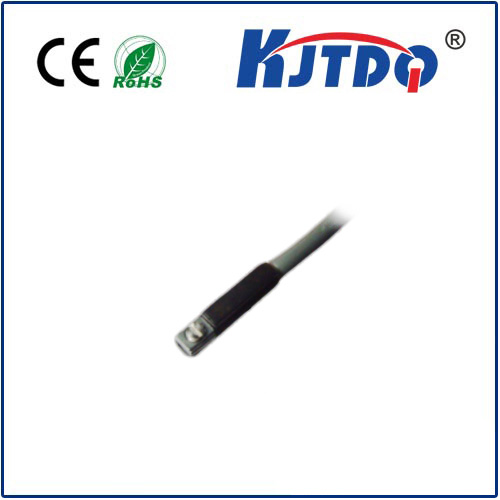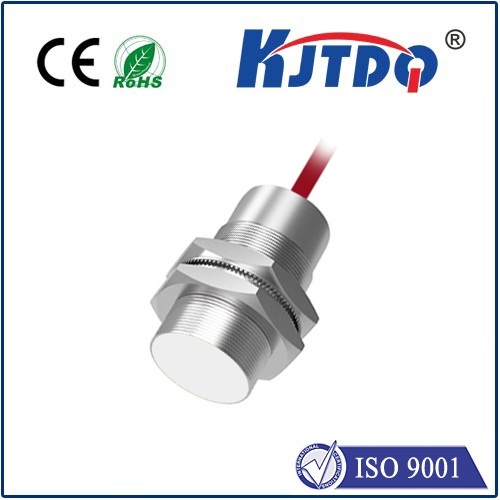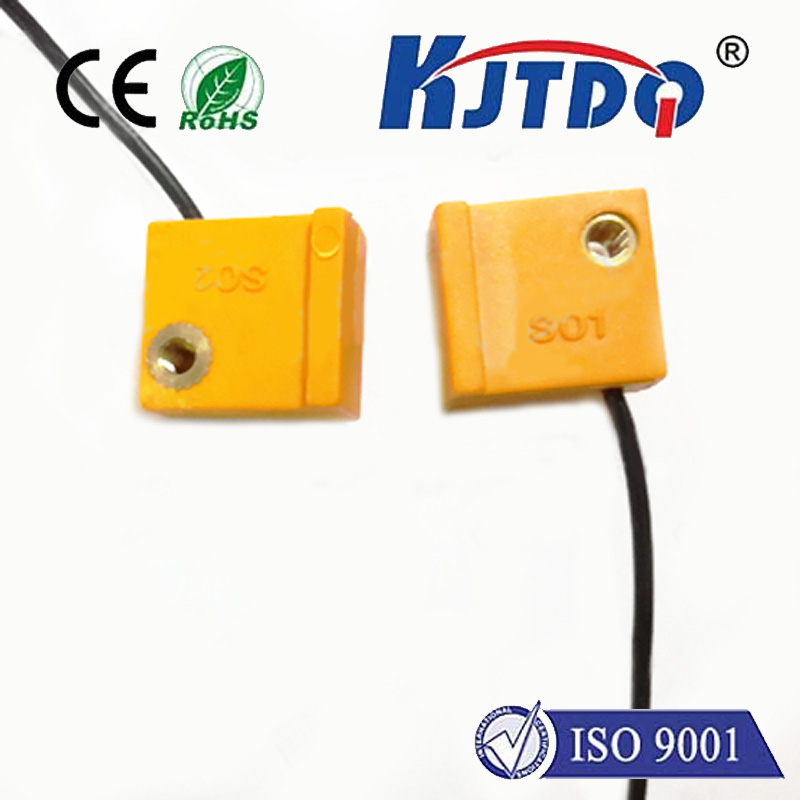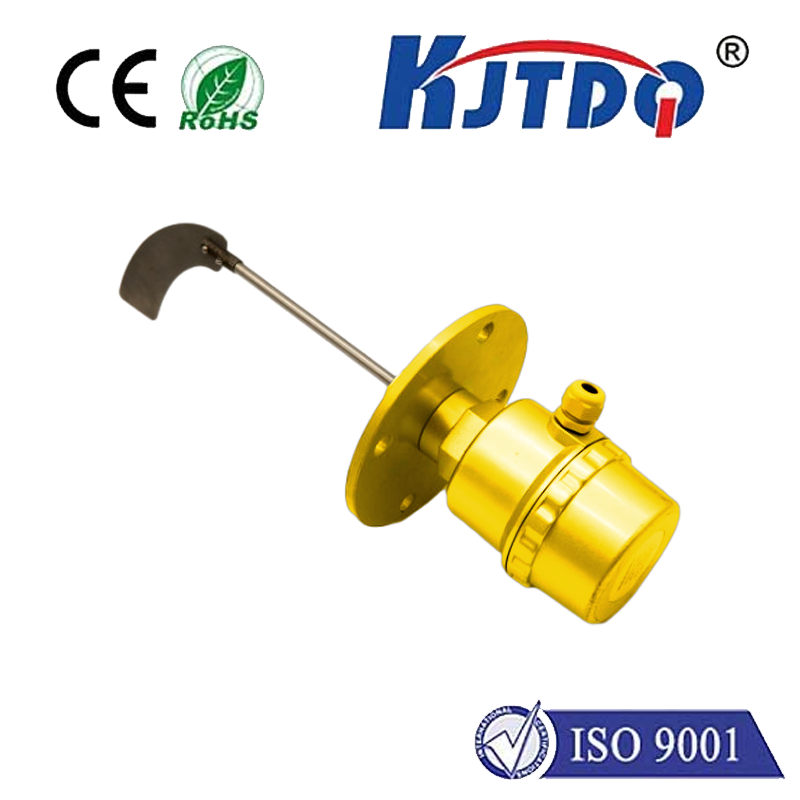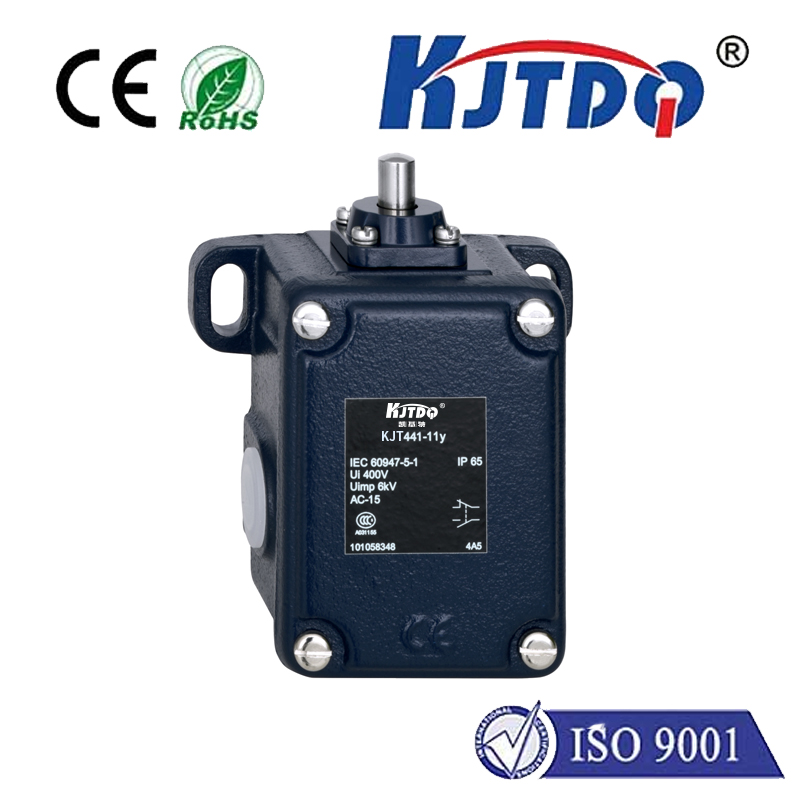spesifikasi sensor proximity
- time:2025-06-25 01:21:55
- Click:0
The Unsung Hero: How Proximity Sensor Specs Shape Your Tech Experience
That satisfying dimming of your phone screen when held to your ear during a call? The elevator doors that glide open just as you approach? The reliable counting of products speeding down a factory conveyor belt? These seemingly mundane actions rely on a critical, often invisible component: the proximity sensor. But not all proximity sensors are created equal. Understanding their spesifikasi – their specifications – is paramount to choosing the right component for flawless, efficient, and safe operation. This guide demystifies the key specs that define proximity sensor performance.
Beyond “On” and “Off”: Decoding Core Specifications
While the fundamental job of a proximity sensor is to detect the presence or absence of an object without physical contact, spesifikasi sensor proximity details the how well, how fast, and under what conditions it can perform this task. Ignoring these specs risks malfunctions, inefficiency, or even safety hazards. Here are the vital parameters to scrutinize:

- Sensing Range (Jarak Deteksi):
- What it is: The maximum distance at which the sensor can reliably detect a standard target object (usually a specific size and material, often steel).
- Why it Matters: Choosing a sensor with too short a range means it might miss targets. One with excessive range might detect unintended objects (crosstalk), leading to false triggers. Industrial sensors specify both nominal range and a usable range (typically 0-81% of nominal). Always consider the actual installation gap and target material.
- Key Detail: Range decreases significantly for non-ferrous metals (like aluminum or brass) compared to steel. Sensors may have correction factors listed.
- Output Type (Tipe Keluaran):
- What it is: How the sensor communicates its detection state.
- Common Types:
- Digital (Switch): The most common. Provides a simple ON/OFF signal (e.g., NPN Open Collector, PNP Open Collector, or Push-Pull). Crucial to match the sensor’s output configuration (NPN or PNP) with your controller’s input requirements to avoid damage or malfunction.
- Analog: Outputs a continuous signal (e.g., 0-10V, 4-20mA) proportional to the distance to the target. Essential for applications needing distance measurement, like position feedback.
- IO-Link: A newer, smarter digital interface allowing bidirectional communication for configuration, diagnostics, and process data beyond simple detection.
- Why it Matters: Determines how easily the sensor integrates into your control system and what information it provides.
- Response Time (Waktu Tanggap):
- What it is: The time delay between the target entering the sensing field and the output signal switching state. Also includes release time (when the target leaves).
- Why it Matters: Critical for high-speed applications. Imagine counting bottles on a fast-moving line – a sensor with a slow response time will miscount. It’s measured in milliseconds (ms) or microseconds (µs). Look for sensors with response times significantly faster than the cycle time of your process. Industrial sensors often boast response times well below 1ms.
- Repeatability (Pengulangan):
- What it is: The sensor’s ability to consistently detect a target at the exact same distance over repeated cycles, under stable conditions.
- Why it Matters: Ensures precision and reliability. Even if the nominal range is sufficient, poor repeatability means inconsistent triggering, leading to errors in positioning or counting. Specified as a distance (e.g., ≤ 0.01mm).
Supporting Specs: Ensuring Robust Operation
Beyond the core four, consider these vital spesifikasi sensor proximity for real-world reliability:
- Environmental Ratings:
- Operating Temperature: The ambient temperature range the sensor can function within. Vital for harsh environments (ovens, freezers, foundries).
- Ingress Protection (IP Rating): Defines protection against dust and water.
IP67 (dust-tight, withstands temporary immersion) is common for washdown environments. IP69K offers protection against high-pressure, high-temperature water jets.
- Resistance: Chemical resistance, voltage/current spikes, and vibration/shock tolerance are crucial specs for demanding industrial settings.
- Target Material and Size:
- What it is: Indicates what materials (steel, aluminum, copper, plastic, liquid) the sensor is designed to detect and the minimum size of the target it can reliably sense at its nominal range.
- Why it Matters: Inductive sensors primarily detect metals. Capacitive sensors detect almost any material, including liquids and granular solids. Ultrasonic sensors excel with various materials and are less sensitive to color/surface texture. Photoelectric sensors rely on light reflection/blocking. Know your target!
- Hysteresis (Histeresis):
- What it is: The difference between the “switch-on” point (as the target approaches) and the “switch-off” point (as the target moves away).
- Why it Matters: Prevents output signal oscillation (“chatter”) if the target stops precisely at the detection boundary. A small, controlled hysteresis is desirable for stable switching.
- Power Supply Requirements:
- What it is: The voltage range (e.g., 10-30V DC) the sensor requires to operate.
- Why it Matters: Ensures compatibility with your power system. Overvoltage can destroy the sensor; undervoltage leads to erratic behavior.
Choosing Wisely: It’s All in the Specs
Selecting a proximity sensor isn’t about grabbing the cheapest or the first one you find. It’s an engineering decision driven by your application’s specific demands in the real world. Ignoring spesifikasi sensor proximity is a recipe for underperformance or failure.
- Need precise positioning or level control? Analog output and high repeatability are paramount.
- Automating a fast production line? Prioritize ultra-fast response time.
- Installing near powerful motors in a damp factory? Robust EMC immunity, high IP rating, and vibration resistance are non-negotiable.
- Detecting transparent bottles or liquid levels? A capacitive or photoelectric sensor is likely needed, not inductive.
By thoroughly understanding and matching spesifikasi sensor proximity – sensing range, output type, response time, repeatability, environmental ratings, target compatibility, and more – to your application’s environment, speed, and precision needs, you unlock reliable, efficient, and truly automated operation. That tiny, glowing diode (if it has one) represents a world of carefully engineered parameters working silently to make technology smooth and intuitive.






